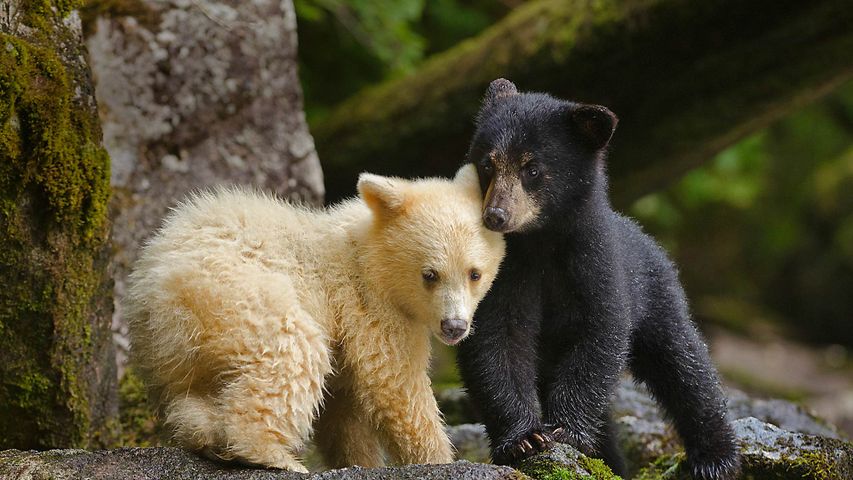Caracal cubs
© Marion Vollborn/Minden Picture
Yes, we see the family resemblance.... Caracal cubs
Make the most of this family photo, caracals tend to go solo as adults, so these cute cubs will hang out together only until they've honed their hunting skills by watching mum.
Fully grown caracals are trim and sleek, with long legs to help them leap up to 10ft high and stiff fur on their feet to quieten their steps. They’re known as the desert lynx, as they are the fastest - and largest - of the small cats in Africa, but they're only distantly related to actual lynx. Caracals' short coat is a gorgeous gold, but it’s those distinctive face markings and ear tufts that give them character. Some believe the tufts enhance the cats’ hearing or help camouflage them in dry areas of Africa, India and the Middle East; others think tuft twitching is a way to communicate.
Throughout history the caracal has been prized for its skill at leaping high to pluck birds out of the air and catching small game, such as mongooses, rodents and monkeys. In recent years, caracal numbers have been dropping, largely due to habitat loss. Caracals will kill livestock if they’re hungry, and of course farmers object, often with shotguns. But they do keep small grass-eating critters under control, which leaves more pasture for livestock to eat. For the sake of these charismatic cats, we're rooting for peaceful coexistence.
Related Images
Bing Today Images


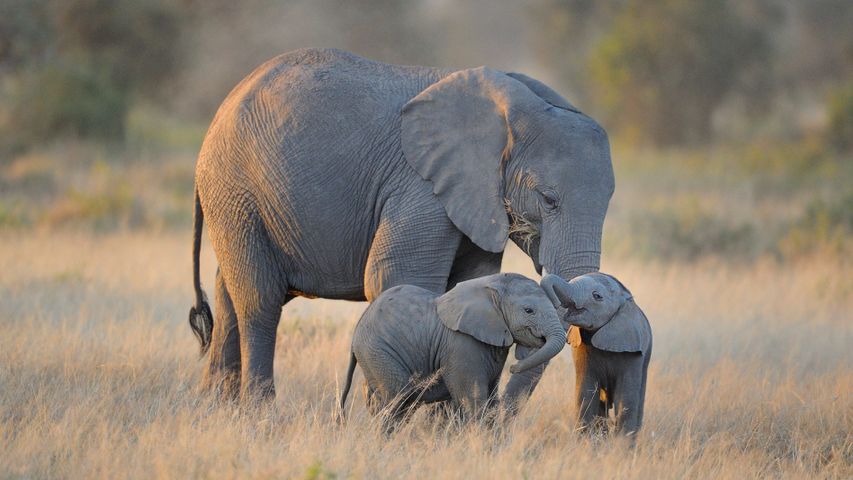

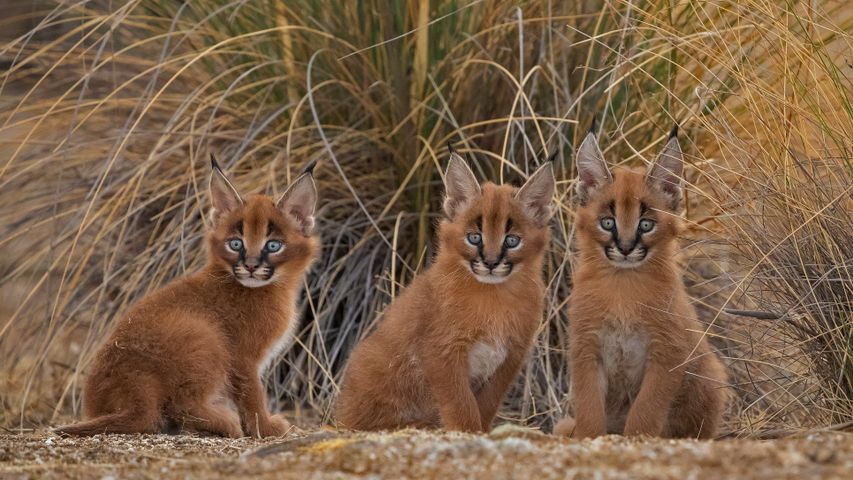
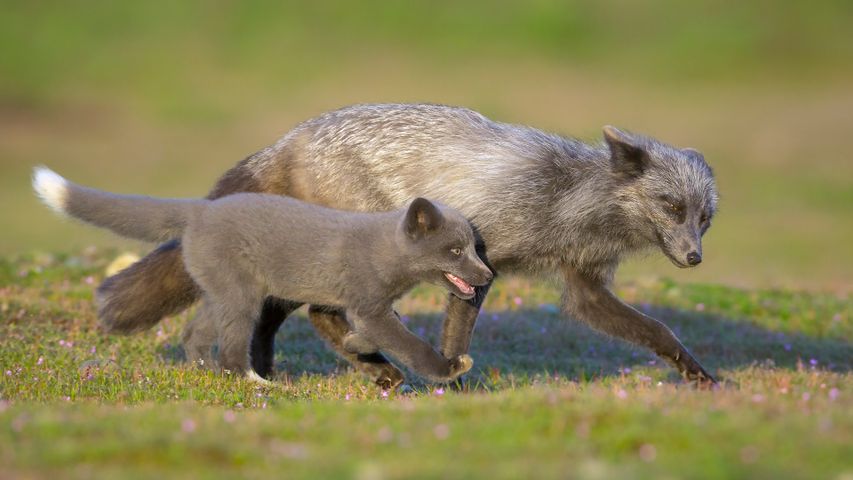 Red fox father and kit, Washington, USA
Red fox father and kit, Washington, USA
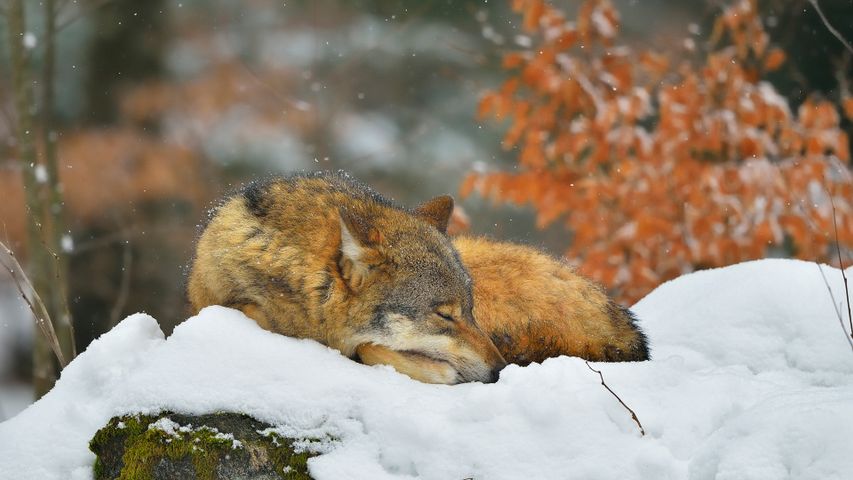 Sleeping wolf in Bavarian Forest National Park, Germany
Sleeping wolf in Bavarian Forest National Park, Germany
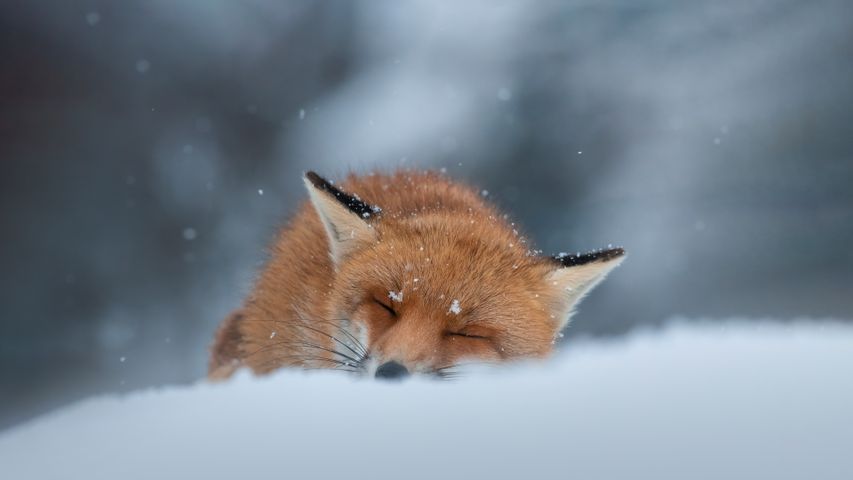 Red fox sleeping in the snow, Abruzzo, Italy
Red fox sleeping in the snow, Abruzzo, Italy
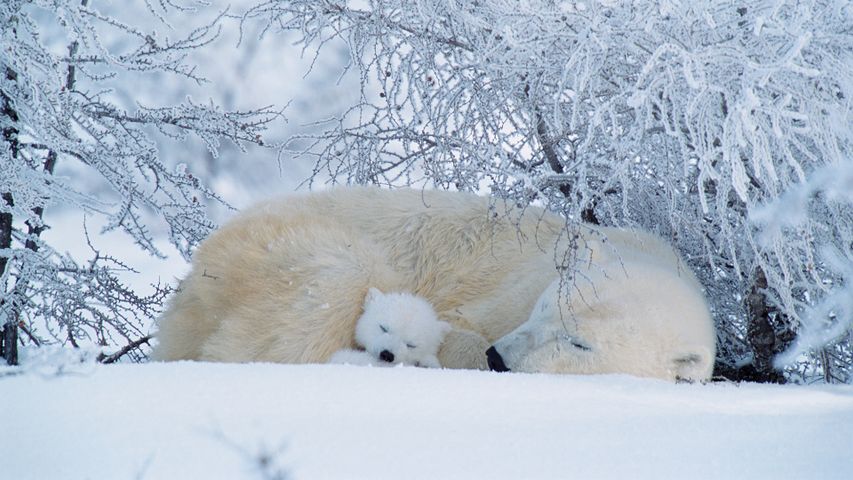 Polar bears asleep in Canada
Polar bears asleep in Canada
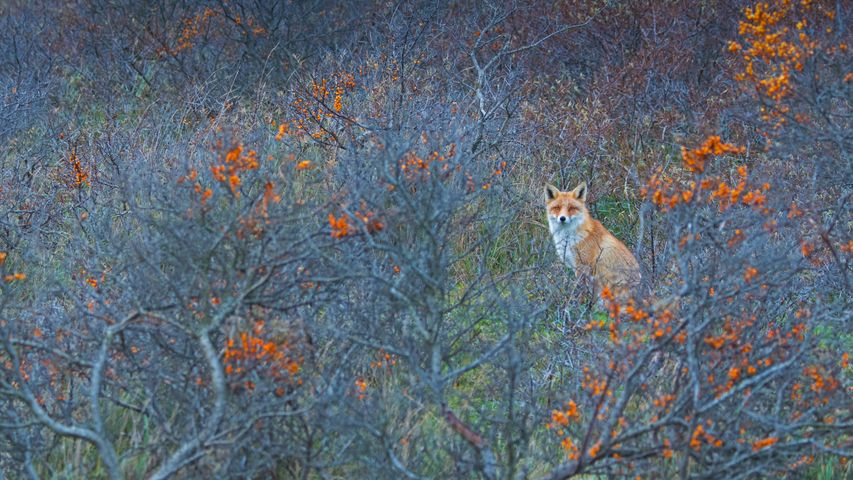 Red fox in Amsterdamse Waterleidingduinen Nature Reserve in the Netherlands
Red fox in Amsterdamse Waterleidingduinen Nature Reserve in the Netherlands
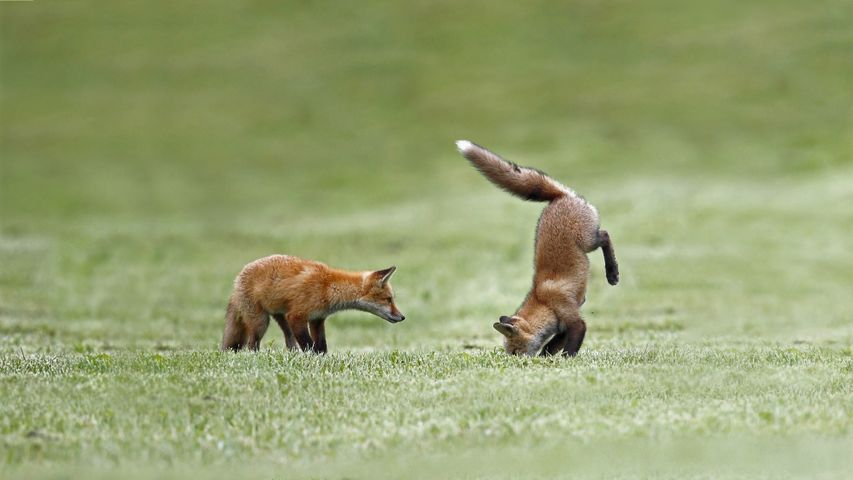 Fox kits practise their hunting skills, Quebec, Canada
Fox kits practise their hunting skills, Quebec, Canada
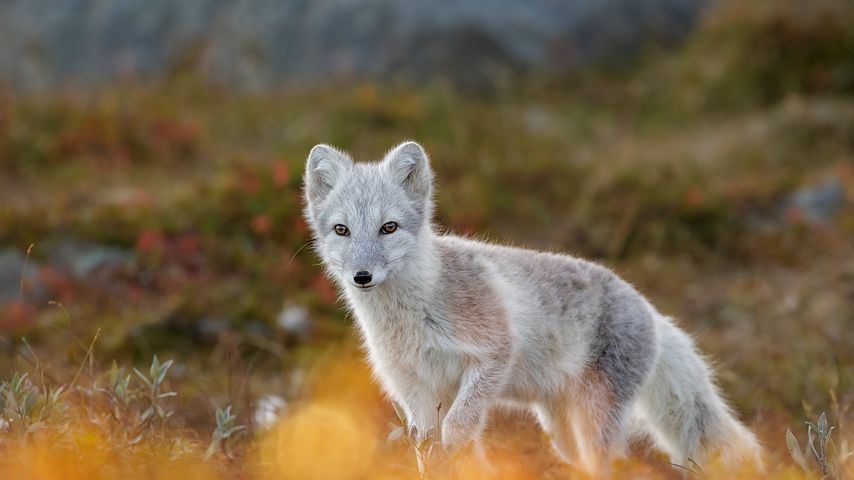 Arctic fox in Dovrefjell-Sunndalsfjella National Park, Norway
Arctic fox in Dovrefjell-Sunndalsfjella National Park, Norway
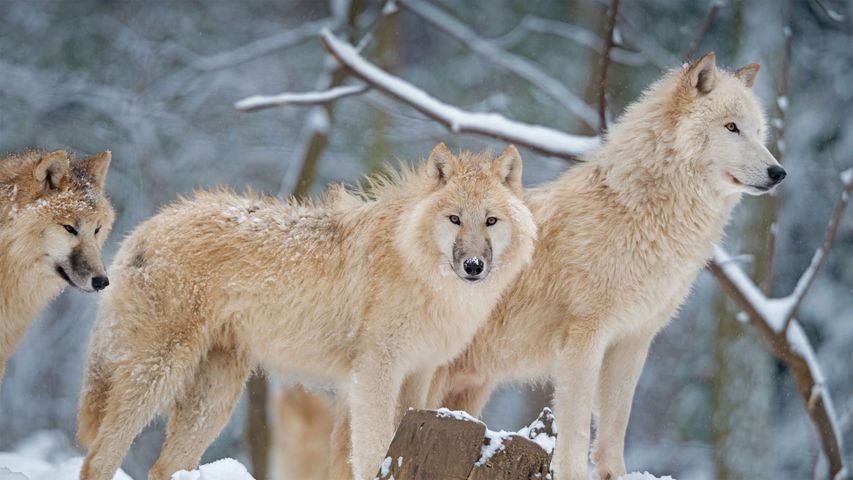 Arctic wolf family in Canada
Arctic wolf family in Canada

